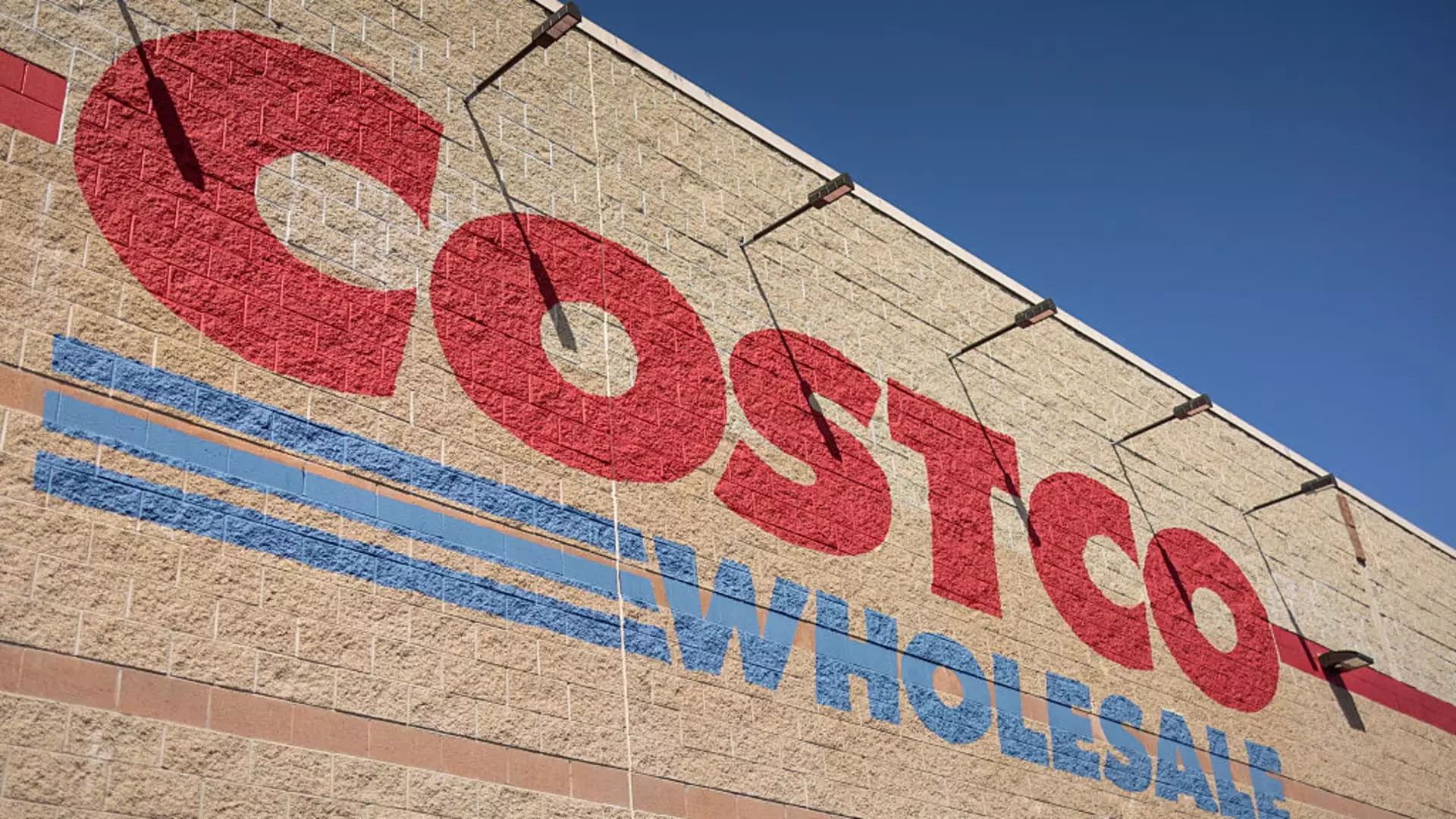In the high-stakes world of stock trading, the actions of corporate insiders often serve as an unspoken language for seasoned investors. When top executives and key officers unload significant portions of their shares, it sends ripples across the market—sometimes suggesting a fortress of confidence, but often hinting at something more troubling. These hefty insider sales, especially when clustered or carried out unexpectedly, raise uncomfortable questions about the true health and prospects of the companies in question. While some may interpret these moves as strategic timing, a more skeptical view reveals a potential red flag: insiders might be subtly signaling that their company has peaked, or worse, that trouble is brewing beneath the surface.
The recent wave of disclosures, confirmed through rigorous analysis of SEC filings, exposes a troubling pattern. Behind the veneer of routine corporate governance lies a complex web of motives—ranging from personal liquidity needs to, alarmingly, strategic skepticism about future growth. Notably, these sales exclude those conducted under pre-planned trading strategies, underscoring their discretionary nature. This focus on subjective decisions rather than predetermined plans lends weight to the concern that at least some insiders have lost confidence in their own companies’ near-term prospects.
Confidence or Capitulation? Decoding the Most Conspicuous Sales
The most striking example is Heico’s executive chairman Laurans Mendelson, who offloaded nearly 57,000 shares worth almost $18 million. Given that Heico recently hit record highs—soaring 37% over the last three months—such a significant sale is difficult to interpret as mere profit-taking. It hints instead at a cautious or even wary stance tucked behind a veneer of bullish enthusiasm. His large transaction, just after hitting an all-time high, raises critical doubts: Is he signaling that the company’s run is over, or is he merely cashing out on exuberance?
Similarly, AeroVironment CEO Wahid Nawabi sold over 17,000 shares as the company’s stock surged over 90%. Such a massive profit-taking moment might be justified on the surface, but it also carries an undercurrent of concern—sometimes insiders hold shares until they believe a peak has been reached, and then they retreat. When top brass of a drone maker senses an overextended rally, what does it say about their belief in the company’s future?
Other notable sales, such as those from Costco and Morgan Stanley executives, compound the worry. While these companies have experienced modest gains or stayed flat recently, their insiders have nonetheless cashed out millions of dollars. The takeaway is unsettling: even when markets seem stable or slightly bullish, insiders are increasingly reluctant to hold onto their shares. Are they perhaps seeing cracks in the facade of these companies’ narratives? Or simply acting out of opportunism? Either way, investor confidence should not be dictated solely by market performance but also by the silent cues insiders send through their trading patterns.
The Broader Implication: A Warning Sign of Overconfidence or Overreach?
These substantial insider sales reflect more than individual financial decisions—they expose a troubling disconnect between public market optimism and the darker undercurrents within corporate corridors. Insiders, often perceived as the best-informed market participants, are selling in large volumes regardless of stock price momentum. This phenomenon suggests a shift in internal sentiment—an implicit admission that the companies may be overvalued or that strategic risks are mounting.
From a centrist liberal perspective, this pattern calls for cautious introspection. While capitalism thrives on transparency and the free flow of information, excessive insider turnover of shares—especially when executed ill-timed with market highs—undermines trust. It suggests insiders might be hedging against future downturns or acknowledging news that hasn’t yet reached the public domain. The market should be wary of believing that bullish trends will persist indefinitely; the leaders within those companies appear to be preparing for a different reality.
This epidemic of insider sales should serve as a wake-up call to investors. The conventional wisdom of ‘follow the insiders’ loses its innocence when large-scale transactions happen at peak prices. It is not merely about individual profit-taking but about a collective message—perhaps one of de-risking, or worse, a prelude to downward adjustments that most retail investors fail to see coming. By critically examining these signals, there’s an opportunity to foster a more balanced and transparent market environment—one that recognizes that insider hesitation and skepticism are just as, if not more, informative than bullish headlines.

